We’ve covered some of the basics of heart rate variability, including why higher heart rate variability is good, and why focusing on achieving a “good” heart rate variability isn’t the optimal approach. Now let’s explore the relationship between stress and heart rate variability. This is more relevant than ever given that many of us are suffering from increased stress, worry, and anxiety as a result of the ongoing COVID-19 public health emergency, and are in search of flexible, remotely delivered mental health tools that can provide daily support.
Heart rate variability has been used over the last few decades as a proxy for mental and physical stress. The variance in time between two consecutive heartbeats (a.k.a. heart rate variability) can be thought of as a pulse of our autonomic nervous system. Higher heart rate variability indicates a more balanced autonomic nervous system that can respond more efficiently to different stimuli, including stressors.
The effects of stress on our body
Stress often has a psychological origin, but it significantly affects physiological processes. You’ve likely experienced these physiological consequences during moments of acute stress: a clenched jaw, tense muscles, a racing heartbeat, clouded thoughts, sweaty palms, a sinking feeling in your stomach, etc.
When we encounter stress, our autonomic nervous system is triggered: our sympathetic “fight or flight” nervous system response is activated and our parasympathetic “rest and digest” nervous system response is suppressed. On a physiological level, epinephrine (a.k.a. adrenaline) and norepinephrine (a.k.a. noradrenaline) hormones secrete into the blood stream, which leads to the constriction of our blood vessels. This results in heightened blood pressure, increased muscle tension and a change in our heart rate and heart rate variability. Together, these processes form our “fight-or-flight” reaction.
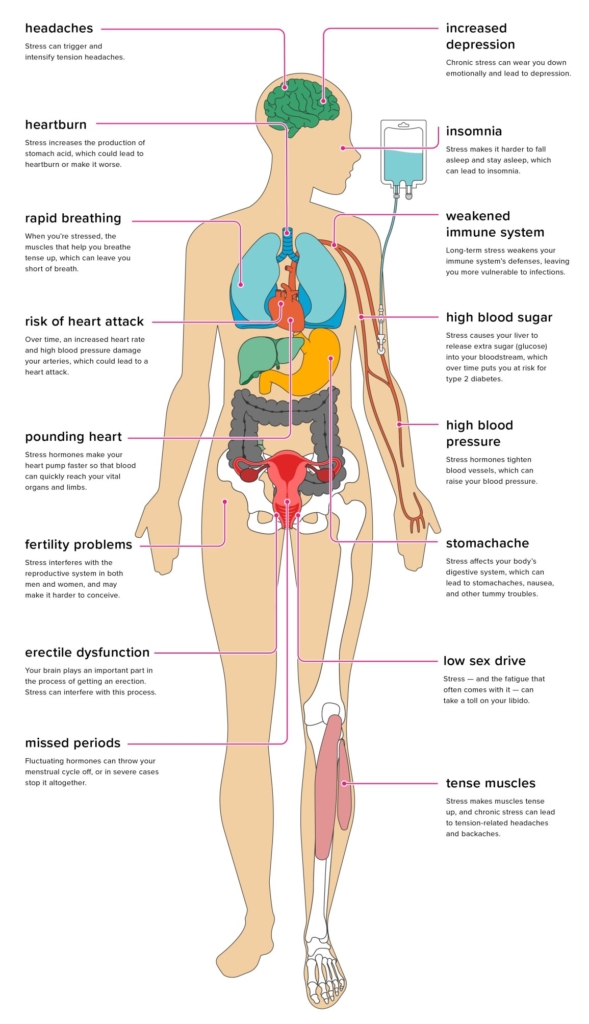
Not all stress is bad
Stress to a certain degree is a normal and expected. We’re all familiar with routine causes of stress, like a long commute or taking care of a family member, in addition to more serious causes of stress, like a global pandemic. When we’re stressed, our body responds by releasing hormones that increase our heart and breathing rates and ready our muscles to respond, which can be helpful depending on the situation.
Stress can provide us with that extra boost of energy and brainpower to perform better and longer, so we can meet that work deadline or catch our plane in the nick of time. Studies have shown that moderate stress levels strengthen the connection between neurons in our brain, improving memory, attention span, and productivity. The problem arises when we experience elevated levels of stress on a consistent basis.
The toll of chronic stress on our health
After a stressful trigger is no longer present, our brain should tell our body to stop producing cortisol, directing all systems to return to balance. However, those who experience chronic stress are continuously activating, overloading, and ultimately exhausting their hormonal, cardiovascular, neural and muscular systems due to their sympathetic nervous system operating in overdrive.
Stress hormones affect our respiratory and cardiovascular systems. During the stress response, we breathe faster in an effort to quickly distribute oxygen-rich blood throughout our bodies. Stress causes our blood vessels to constrict and divert more oxygen to our muscles, which raises our blood pressure. Our muscles also tense up to protect themselves from injury, but relax again when the stress goes away. However if our muscles never get the chance to release from that tense state, it can lead to headaches, back and shoulder pain, and body aches.

Constant activation of the sympathetic nervous system results in inadequate rest, recovery, and repair, which leads to short and long-term negative consequences, such as reduced ability to regulate emotions and impaired immune system response. Symptoms of chronic stress include: anxiety, depression, insomnia, irritability, inability to focus, and cardiovascular disease, among others.
Managing stress using heart rate variability biofeedback training
Fortunately, there is an accessible solution with a wearable device that helps track heart rate variability and train it higher. Heart rate variability biofeedback training utilizes something as simple and powerful as breathing to help restore the balance of the autonomic nervous system. By syncing heart rate with breath, personalized heart rate variability biofeedback training activates the parasympathetic “rest and digest” response, and pumps the brake’s on the sympathetic “fight or flight” response.
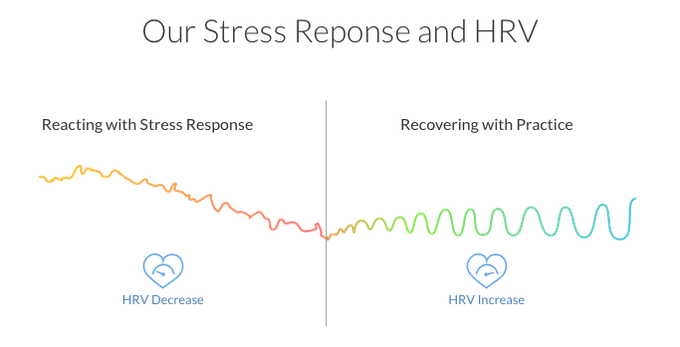
Preparing for stress using the Lief Smart Patch
Lief’s color-based categorization of your heart rate variability as relatively lower or higher can be used as an indicator of how efficiently you can recover from stress when it occurs. When you’re in your highest HRV zones (a.k.a. the green or blue zones), your body is in an optimal state to respond to stressors. In other words, if something stressful were to happen to you in that moment, you’d be less likely to experience a downward spiral of negative thoughts and emotions.
In contrast, when you’re in your lower HRV zones (a.k.a. the yellow or red zones), you are more vulnerable to reacting poorly to stressors. The good news is you can proactively train yourself to stay in your green and blue heart rate variability zones more often using biofeedback training.
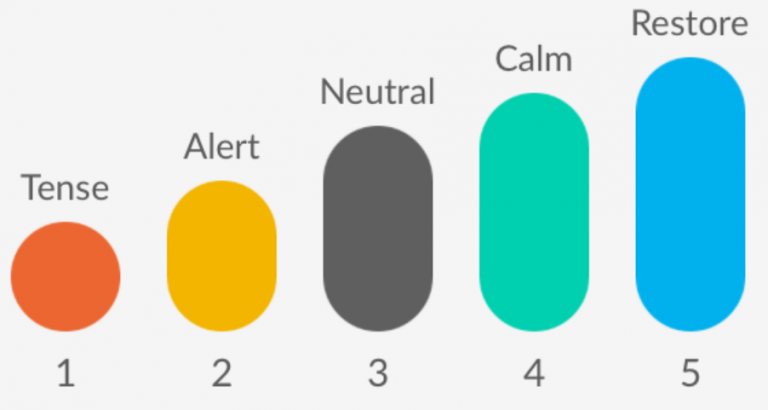
It’s important to note that heart rate variability should not be interpreted as a direct translation of real time emotions. In other words, when your heart rate variability is relatively lower, it does not necessarily mean, “I am upset right now,” though that may also be true. Rather, lower heart rate variability should be viewed as an opportunity to engage in a calming biofeedback exercise.
Whether acutely stressed and in need of a breather, or simply taking the opportunity to practice training heart rate variability higher, the positive feedback loop of biofeedback exercise is helpful and empowering. Over time, consistent heart rate variability biofeedback training helps maintain the balance of the autonomic nervous system so it can be in an optimal state to respond to stressors when they arise.
Lief’s heart rate variability biofeedback autodosing program notifies you gently through vibrations whenever your heart rate variability has dipped below the threshold set for that week. When your Lief Smart Patch reads that your heart rate variability has dropped, it initiates a brief biofeedback dose to train your heart rate variability higher. The dose automatically shuts off once your heart rate variability is back above the target range. As a result of this simple, continuous feedback loop, your body spends less and less time in a lower heart rate variability zone, and your average heart rate variability increases over time, enabling your nervous system to respond more calmly in all situations.

Similar to other health and fitness practices, like yoga, lifting weights, long distance running, and meditation, consistent adherence to a heart rate variability biofeedback training routine is key to improvement over time. Lief’s discreet, comfortable design makes it easy to track heart rate variability continuously throughout the day, and engage with the personalized biofeedback exercises to help manage stressors, both big and small, acute and chronic. The long term goal is to train your body to revert to a relaxed state again more quickly, so you can bounce back from inevitable stressors with relative ease.
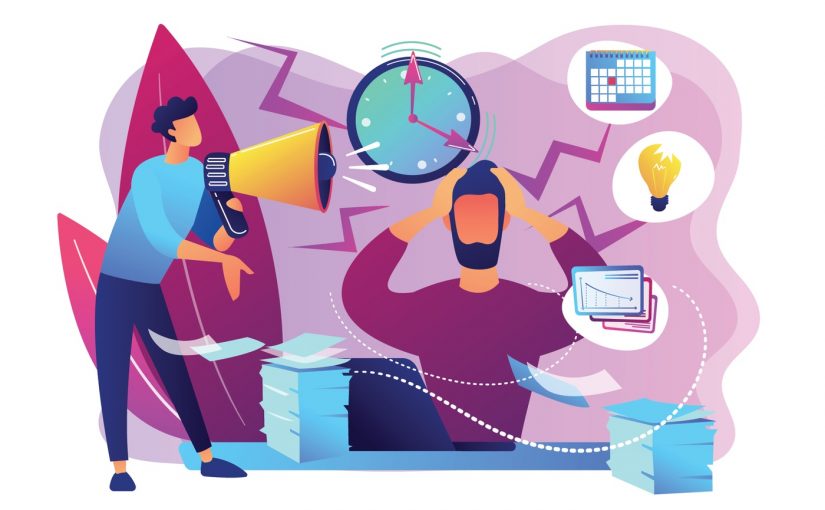

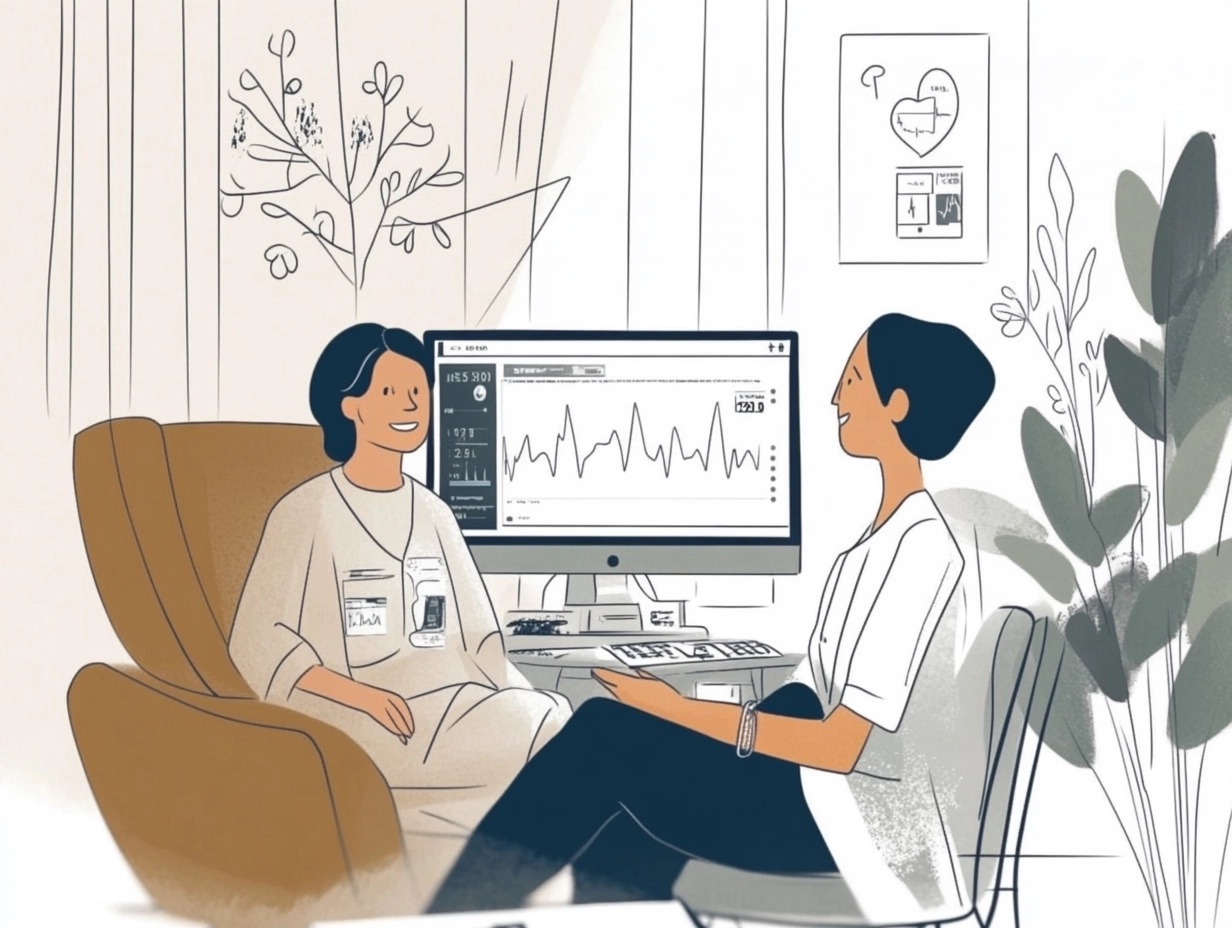


Leave a Reply
You must be logged in to post a comment.